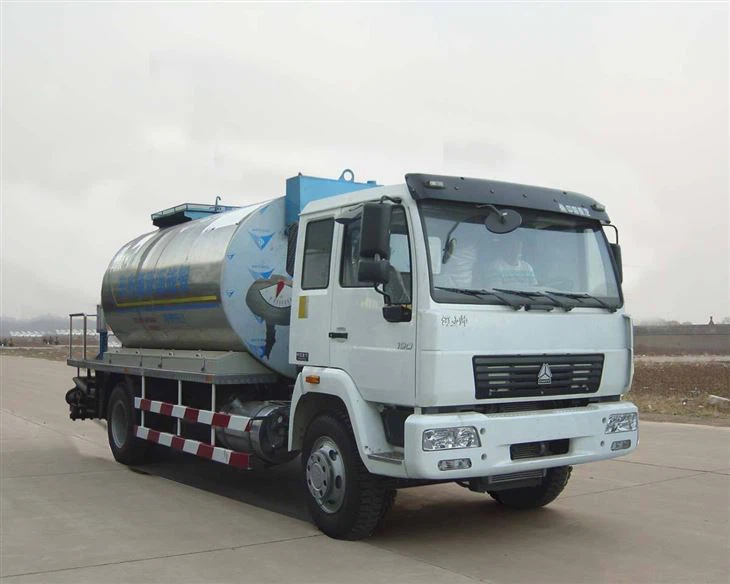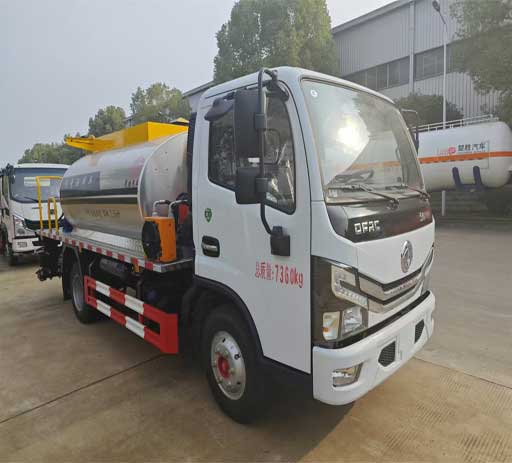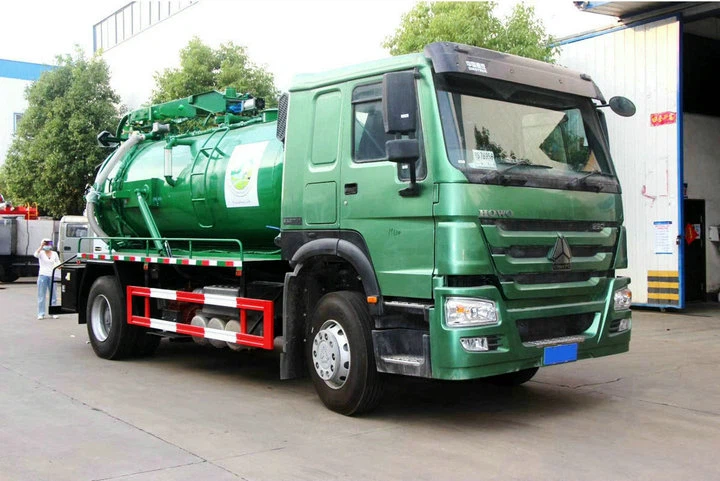Ultimate Guide to PTR Baler & Compactor Co: Solutions for Waste Management

Introduction
In today’s world, efficient waste management is crucial for businesses looking to streamline their operations and conserve resources. PTR Baler & Compactor Co is a leader in providing innovative waste solutions, offering a range of balers and compactors designed to handle various waste materials effectively. This article will explore the different types of equipment, their benefits, and practical applications, along with tips for choosing the right equipment for your business.
What is PTR Baler & Compactor Co?

PTR Baler & Compactor Co has been a trusted name in waste management solutions for over 40 years. Specializing in producing high-quality balers and compactors, the company is committed to helping businesses reduce waste, save space, and improve their bottom line.
The Importance of Balers and Compactors

Balers and compactors play a vital role in waste management, allowing organizations to compress waste materials into manageable sizes. This process facilitates recycling, reduces disposal costs, and helps companies create a greener footprint.
Types of Equipment Offered by PTR Baler & Compactor Co
PTR offers a wide array of products, each designed to meet specific waste management needs. Here are some of the key types of equipment available:
1. Vertical Balers
Vertical balers are compact and efficient, ideal for handling cardboard, plastic, and other materials. They are often used in smaller businesses or locations where space is limited.
2. Horizontal Balers
Horizontal balers are suitable for larger volumes of waste. They are designed for high-capacity operations, making them popular in warehouses and distribution centers.

3. Self-Contained Compactors
Self-contained compactors are perfect for wet waste management, as they combine waste storage and compaction in one unit, minimizing odors and leaks.
4. Stationary Compactors
Stationary compactors are designed for high-density waste materials and can be connected to a dumpster. They are commonly used in manufacturing plants and retail environments.
5. Pre-Crusher Compactors
This type of compactor is designed to crush bulky items, allowing for efficient compaction and reducing the number of trips needed to dispose of waste.
Benefits of Using PTR Equipment
Investing in PTR balers and compactors can lead to numerous benefits for businesses:
Cost Efficiency
By compacting waste, companies can reduce the number of pickups and disposal fees, leading to substantial savings over time.
Space Optimization
Balers and compactors minimize the amount of space needed for waste storage, allowing businesses to utilize their facilities more efficiently.
Environmental Impact
Improved waste management practices contribute to reduced landfill contributions and promote recycling efforts, supporting a more sustainable environment.
Enhanced Safety
Proper waste management reduces risks associated with litter and debris, creating a safer working environment for employees.
Choosing the Right PTR Equipment for Your Business
Selecting the right compactor or baler is crucial for optimizing waste management. Here are some factors to consider:
Volume of Waste
Evaluate the amount of waste generated by your business to determine whether you need a vertical or horizontal baler, or a self-contained or stationary compactor.
Type of Waste
Consider the types of materials you will be compacting. Different equipment is designed to handle various waste types, including recyclable materials, wet waste, or bulky items.
Space Availability
Assess the space available for waste equipment. Smaller vertical balers are ideal for limited spaces, while larger horizontal balers require more room.
Budget Constraints
Determine your budget for waste management equipment. PTR offers various products at different price points to suit various financial plans.
Implementation and Maintenance
Once you have selected the right equipment, following proper implementation practices and maintenance routines is essential to maximize efficiency.
Installation Tips
Ensure that the installation area is clear and accessible. Verify that all utilities (such as electricity and water) are properly connected before operating the machinery.
Regular Maintenance Schedule
Develop a routine maintenance schedule to keep your baler or compactor in peak condition. Regular checks on hydraulic systems, seals, and electrical components can prevent breakdowns.
Common Maintenance Tasks
- Lubricate moving parts as required
- Inspect hoses and fittings for wear
- Check hydraulic fluid levels
- Ensure that safety features are functioning properly
Case Studies: Success Stories with PTR Equipment
Here are a few practical examples that highlight how PTR balers and compactors have transformed waste management processes for various businesses:
Sample Case Study 1: Retail Chain
A large retail chain faced challenges with space and escalating waste disposal costs. After implementing PTR’s vertical balers:
- Reduced waste volume by 70%
- Saved 40% on disposal costs
- Improved recycling rates significantly
Sample Case Study 2: Manufacturing Plant
A manufacturing facility struggled with bulky waste material. By using PTR’s pre-crusher compactor:
- Eliminated the need for additional trips to the landfill
- Increased compaction ratio from 3:1 to 7:1
- Reduced labor costs associated with waste management
Frequently Asked Questions (FAQs)
1. How do I know which baler or compactor is right for my business?
Consider the volume and type of waste you generate, your available space, and your budget. Consulting with a PTR representative can help determine the best fit.
2. How often should I maintain my baler or compactor?
Regular maintenance should be scheduled based on usage, but a good rule of thumb is to conduct inspections at least once a month.
3. Can I recycle materials using PTR equipment?
Yes, PTR balers are specifically designed to facilitate the recycling of various materials, including cardboard, plastic, and paper.
4. What types of waste can the self-contained compactor handle?
Self-contained compactors are ideal for wet waste, including food waste and organic material, minimizing odors and leaks.
5. Is training available for new PTR equipment users?
Yes, PTR offers training for staff to ensure they understand how to operate the equipment safely and effectively.
6. What support services does PTR provide after purchase?
PTR offers ongoing support, including maintenance, repair services, and advice on optimizing equipment performance.
